Running Group Self-Builds
The popular view of self-building is that of the individual or couple finding a plot of land, having their ideal home designed and then arranging for it to be built, either by a general builder or by finding and managing the trades.
There is also a widespread view that it tends to be undertaken by wealthy people for whom money is no object. To dispel the latter myth, self-builders come from all walks of life and many successfully create fantastic homes for much less than the equivalent developer-built home.
That said, there are many people out there who would love to build their own home, but just do not have the funding to buy a plot and build individually. These budding self-builders are now discovering that there is strength in numbers. By sharing the benefits with other like-minded individuals, it is possible to pool talent and resources to create a community or group self-build project at a much lower cost than an individual scheme. So what are the options for running a custom build scheme?
Custom build: a potted historyThe idea of building in numbers is not new: you could look all the way back to the earliest human settlements to see how the principle of building and living together started. The kibbutz movement, which began in the new state of Israel in the 1940s and 1950s, reintroduced the idea of living and working together. Closer to home, the Findhorn Foundation on the Moray Coast in Scotland is now a thriving and internationally recognised group-build community championing alternative lifestyles. These examples were not just about building your own home − they were new social exercises in collective living, the aim being to create cohesive sustainable communities with altruistic views of sharing values and resources. |
These ideals of early collective custom builders are still very much apparent in modern self-building in the UK. Co-housing projects such as the Low Impact Living Affordable Community (LILAC) Mutual Home Ownership Society in Leeds have pioneered the idea of a sustainable, affordable housing. They have used a shared equity model to make the scheme affordable while empowering the residents with control of how the community lives and works.
Present-day projects tend to be either co-housing projects similar to LILAC, or group self-build projects where individuals build together to minimise costs but live separately once the project is complete. However, sustainability, affordability and cooperation are often common themes with both routes.
The benefits of custom build
One of the principle reasons for group self-building is the potential to save money through economies of scale. By pooling funding and sharing (or learning and applying) the skills required, you can achieve significant savings on project costs and on the price of land.
It is often far more economical to purchase a large plot and sub-divide it than to buy the individual pockets of land. By having control over how the site is used, communal areas like gardens and play areas can be easily designed into the scheme to meet the needs of the future occupants.
What’s more, many of the initial participants will end up being neighbours, so a group self-build is also a great way of creating an immediate and very strong local community.
Independent group self-build
The usual route for a community self-build project is for like-minded individuals to get together having identified a potential plot. Of course, everyone will have their own ideas about what to do, so it’s usual for a formal group to be established so that ideas can be discussed and decisions made collectively after suitable consideration of all the options.
It is within this collective that the basic principles and aims of the group are decided, together with a set of rules that will govern how the scheme will operate and who is in it. The size of the group can vary, but typically there might be 10-20 members. Any more, and management could become unwieldy as it becomes harder to achieve a consensus because of different views and needs.
Developer-led custom build projects
While not as common (yet), some large housebuilders have seen the potential to create developments that are tailored to the needs of the potential owners and act as a focal point to coordinate what is required.
Rather than their usual approach of speculatively completing a project to a standard and finish that they hope will be attractive to future purchasers, the housebuilder would build the basic shells of the houses and liaise with the future occupants to design the internal spaces to match their lifestyles. This might best be described as custom building rather than self-building, but it makes for happy homeowners.
Examples of this sort of project include Aldcliffe Yard in Lancaster. This is a consortium of venture where private developers, together with the Canal & River Trust, are building or refurbishing canalside properties while helping the purchasers with budgeting and design issues. Schemes like this tend to be more expensive than community projects because the developer will be looking to make a reasonable margin on all aspects of the build − but they are also taking on the risk, so stress levels tend to be a little lower among the group.
Managing a collective custom build
Undertaking a community project is an exciting thing to do. It is often an exercise in bonding like-minded people together − who are likely to become great friends as well as great neighbours.
Shared values and a feeling of true ownership of the results make it one of the most rewarding things you will ever be part of and achieve. However, early enthusiasm can wane for some, and tales abound of a few hardy souls taking on the lion’s share of the work as conflicting priorities and changing family circumstances affect the ability or willingness of some in the group to take on tasks.
Community self-build will only work if everyone does their very best to complete their part of the project at roughly the same speed as everyone else. There will invariably be some disputes, disagreements and setbacks, and managing these situations is a challenge that will require tolerance and flexibility from everyone involved in the group.
Pulling together the funding to purchase a larger site can also present problems. Viewed as not quite self-build, not quite commercial development, these custom home projects make some lenders wary of the increased risks involved, and they will expect a detailed business plan and exit strategy to show how the costs will be covered.
It can be done, though, and one of the most successful projects has been completed at Ashley Vale in Bristol. Built on a former scaffolding yard, this project overcame several hurdles and has now become an exemplar of affordable, sustainable development by self-builders with little previous experience.
Help and support
The Self-Build Portal is a good place to find out more about group self-build, and also features useful case studies (such as the Ashley Vale project) that are worth a read if you are contemplating your own project.
It also has links to useful resources like Community Build website, The Community Land Trust Network and details of funding through a government initiative, the Custom Build Investment Fund, which has earmarked £30m to support loans towards community self-build projects.
Main image: The Park at Findhorn community self-build project is on a 30 acre site. It was once a caravan park but is now the hub of a growing eco village


































































































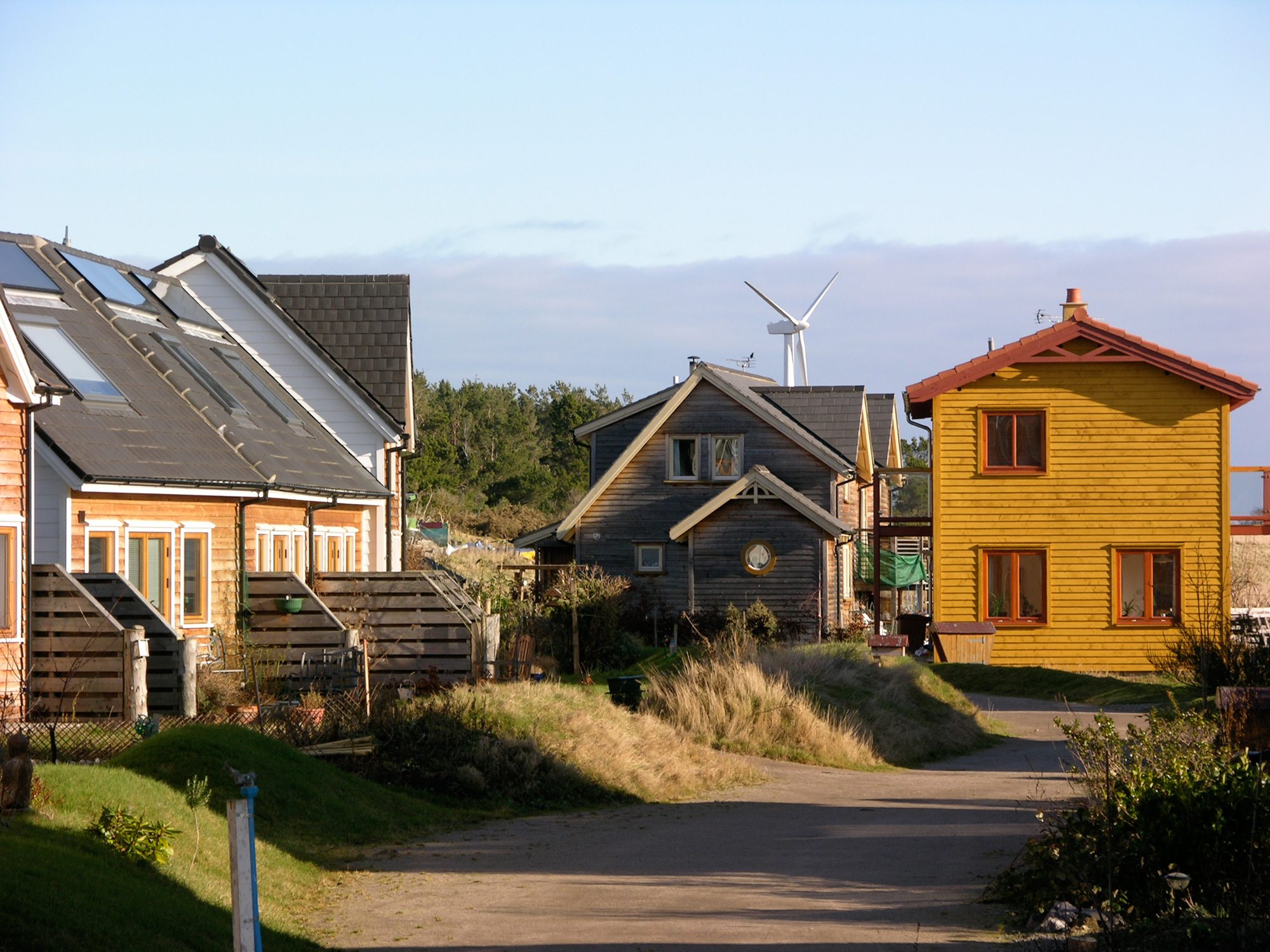
 Login/register to save Article for later
Login/register to save Article for later




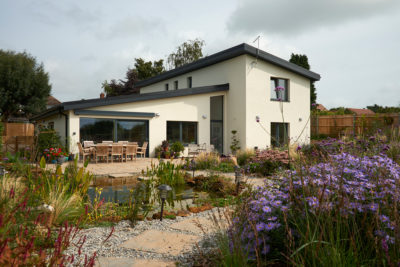
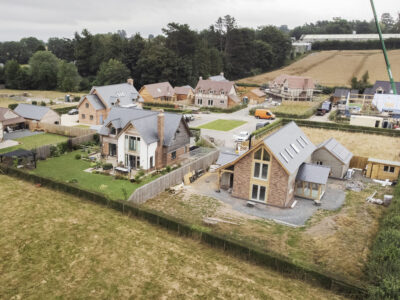
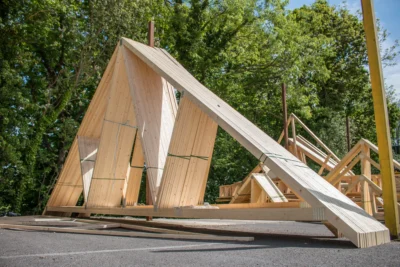
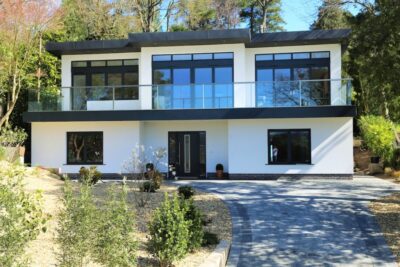





Comments are closed.